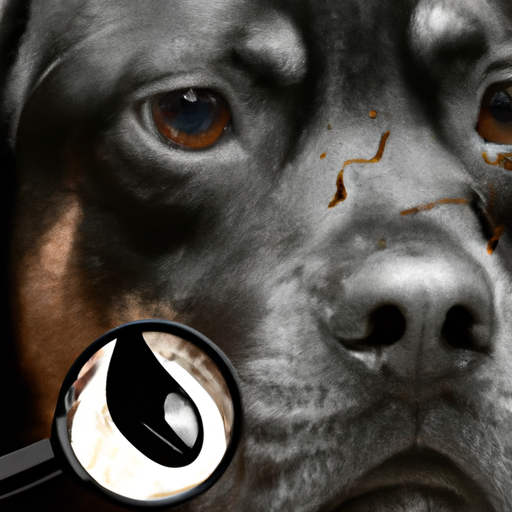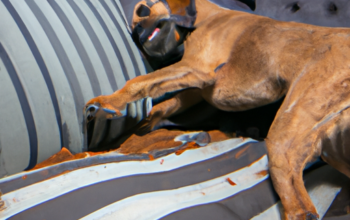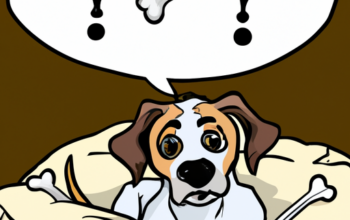1. Understanding Tear Stains
You might have noticed those reddish-brown streaks running down your beloved pet’s face. Those are known as tear stains, and they are more than just a cosmetic issue. Tear stains can be a symptom of underlying health issues, which is why understanding their cause is so important.
Tear stains are typically caused by a condition called epiphora, which is the excessive production of tears. This can occur in any breed, but it’s most commonly seen in breeds with shorter snouts, like Bulldogs, Pugs, and Shih Tzus.
2. The Role of Diet and Environment
Your dog’s diet and environment play a significant role in the development of tear stains. Some common dietary and environmental factors include:
- Diet: Certain foods, particularly those high in artificial colors, additives, and preservatives, can exacerbate tear staining.
- Water: Hard water, which is high in minerals, can cause tear stains. Some dog owners have found that switching to filtered or bottled water can help reduce staining.
- Allergies: Allergies to food or environmental factors can result in excessive tearing and staining.
3. Health Conditions Leading to Tear Stains
Several health conditions can cause tear stains in dogs. Some of these include:
- Eye Infections: Bacterial and yeast infections can lead to excessive tearing.
- Blockage of Tear Ducts: If your dog’s tear ducts are blocked, this can result in tear overflow and staining.
- Glaucoma: This painful condition can lead to excessive tearing and subsequent staining.
| Common Health Conditions | Symptoms | Treatment |
|---|---|---|
| Eye Infections | Redness, swelling, discharge | Antibiotic or antifungal medication |
| Blocked Tear Ducts | Excessive tearing, discharge | Surgical intervention |
| Glaucoma | Pain, redness, dilated pupil | Medication, possible surgery |
4. Prevention and Treatment of Tear Stains
Preventing tear stains starts with identifying and addressing the root cause. Regular veterinary check-ups can help catch potential issues early. Here are some ways you can prevent and treat tear stains:
- Regular Grooming: Regular face washing with a gentle, dog-safe cleanser can help reduce staining.
- Dietary Changes: Switch to a high-quality, natural dog food free from artificial colors and preservatives.
- Water Change: Use filtered or bottled water instead of tap water.
- Veterinary Care: Regular check-ups can help identify and treat the underlying causes of tear stains.
5. Frequently Asked Questions (FAQs)
Q: Are tear stains harmful to my dog?
A: Not necessarily, but they can be a sign of underlying health issues.
Q: Can I just wipe the tear stains away?
A: While wiping can help, it won’t address the underlying cause.
Q: Should I change my dog’s diet?
A: If you suspect your dog’s diet may be causing tear stains, it’s worth discussing with your vet.
Q: What if the tear stains don’t go away?
A: Persistent tear stains should be evaluated by a vet to rule out serious health conditions.
Remember, when it comes to your dog’s health, it’s always best to consult with a trusted veterinarian. By understanding what causes tear stains in dogs, you can better care for your furry friend and ensure they live a happy, healthy life.



